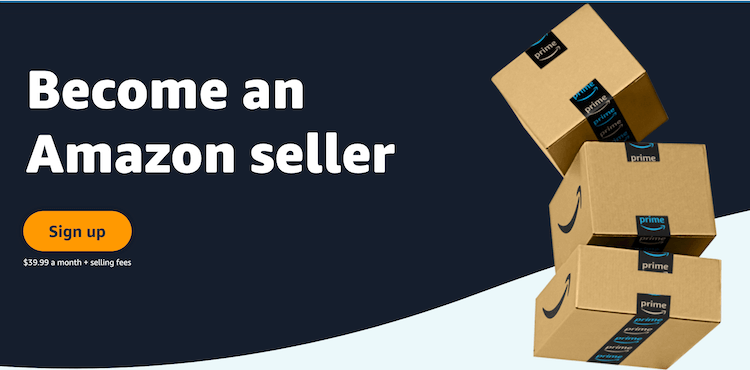The Professional Seller account is your best option if you’re a seasoned ecommerce seller migrating to Amazon; the Individual Seller account is far more constrained and needs more hands-on supervision. To start selling things on Amazon, however, you don’t need to pay anything up front if you use an Individual Seller account. You can create an Individual Seller account for free, list things for no cost, and only pay fees when your products actually sell. You aren’t even “charged”; rather, Amazon deducts their fee from your refund so that you don’t have to pay anything. As an Amazon seller you should know about creating a amazon seller account.
Know about credits for Shipping & Costs
These fees are not seller fees, but if you’re not careful, they could cost you money. If you personally deliver Amazon items, Amazon will reimburse your delivery expenses with a postage credit on each sale. However, there is a catch. When compared to the shipping costs you actually pay to send items, Amazon often provides merchants a small credit.
You can find yourself paying significantly more to ship orders than you do to obtain Amazon’s shipping credit, depending on what you offer and the overall size and weight of each box you ship. You must be aware of the amount you will receive from Amazon for each item you sell in order to prevent losing all of your income to shipping charges. You might do better if you sell compact, light things. However, you can find that you lose money on every transaction if your products ship in bulky or heavy boxes. Shipping software is one thing that can significantly reduce your shipping expenses while increasing your Amazon earnings. It allows you to easily compare prices and automate your shipping processes.
Some mailing programs, like Stamps.com, import orders directly from your Amazon account, choose the most cost-effective shipping method, provide discounted postage rates, and even send consumers tracking emails. This enables you to ship every order more effectively and for the least amount of money.
It is critical to calculate your shipping credits vs. actual shipping costs to see if you can profitably price your products. You’ll probably discover that, while it might not be suitable for all of your products, Amazon is a viable (or even excellent) market for some of them. In reality, Fulfillment by Amazon (FBA) is the preferred method of shipping for many Amazon sellers, particularly those with Professional Seller accounts.
Final thoughts
If nothing sells during the month, you will just be charged the storage fee from FBA. Your pick-pack-ship costs are added to your storage costs and are calculated as products are sold and orders are shipped. Additionally, FBA charges inventory storage fees, which significantly rise from October through the holiday shopping season. In addition to referral fees, account fees, and fulfillment fees, these storage prices are assessed. You should be aware of additional charges that may be added to your bill if you’re thinking about using FBA. These costs include those for long-term storage and relabeling products that have been poorly prepared.







